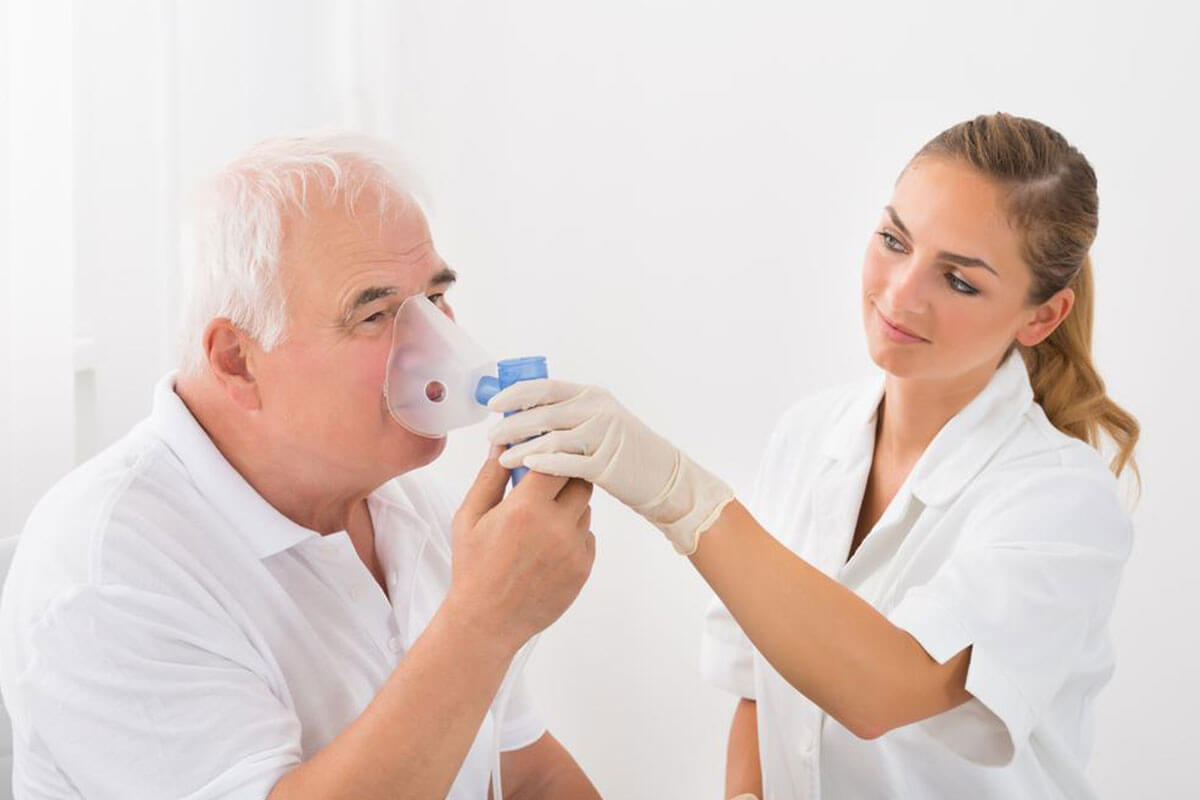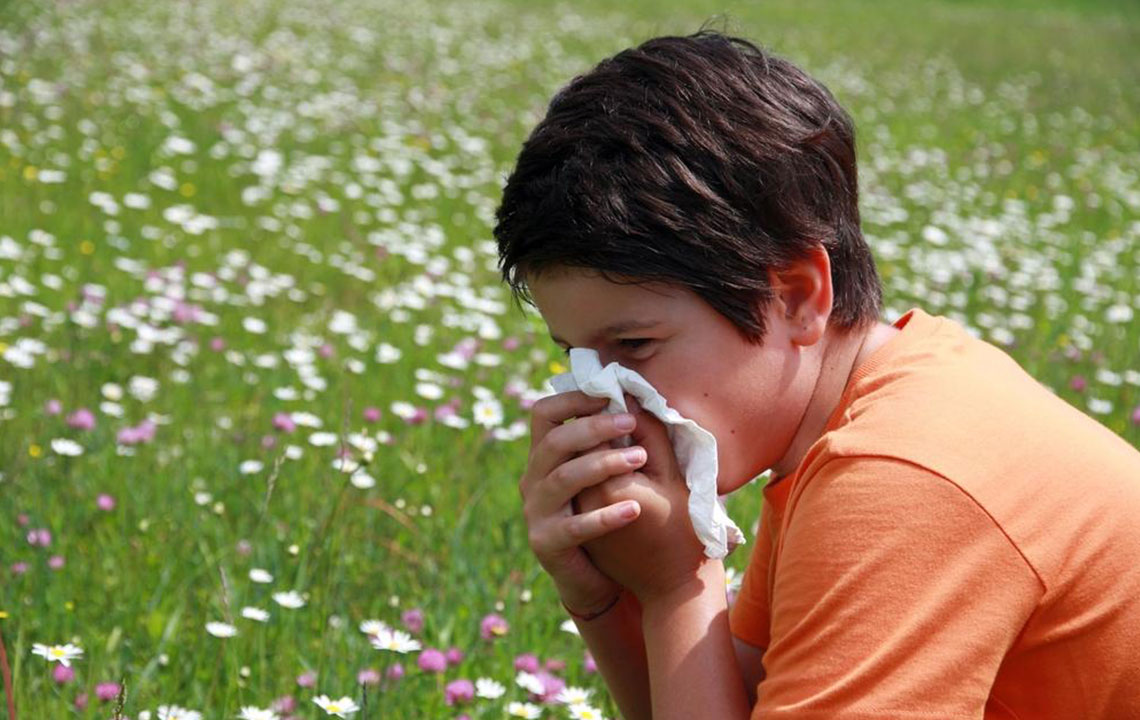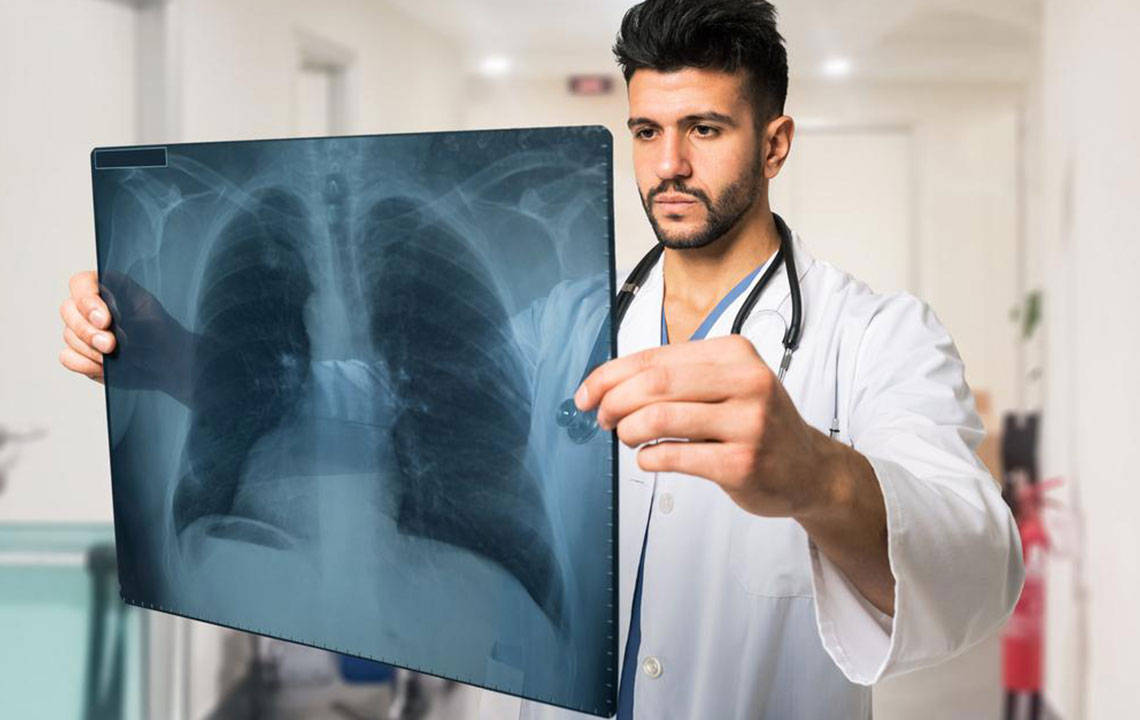A Comprehensive Overview of COPD Progression and Management
This comprehensive guide explores COPD's progression, symptoms, and management strategies. Understanding the disease stages helps in early diagnosis and effective treatment, improving patients' quality of life. Learn about COPD types, treatment options, lifestyle modifications, and ways to prevent disease progression for better respiratory health.

Understanding the Progression of COPD: A Complete Guide
Chronic obstructive pulmonary disease (COPD) is a prevalent and serious respiratory condition that significantly impairs normal lung function. It is a collective term that includes illnesses such as chronic bronchitis and emphysema, both of which result in gradual damage to the lungs over time. Understanding how COPD develops and progresses is crucial for early diagnosis, effective management, and improving patients' quality of life. This comprehensive guide aims to shed light on the various stages of COPD, symptoms associated with each stage, and the best practices for treatment and lifestyle management.
COPD is a progressive disease, meaning it worsens over time if not properly managed. It is characterized by persistent respiratory symptoms such as chronic cough, mucus production, shortness of breath, wheezing, and chest tightness. These symptoms progressively impair lung function, making everyday activities increasingly difficult. Although COPD is not contagious, it predominantly affects middle-aged and older adults, particularly those with a history of long-term exposure to lung irritants such as tobacco smoke, air pollution, chemical fumes, and dust.
In terms of types, COPD mainly includes emphysema and chronic bronchitis. Emphysema involves damage to the alveoli—the tiny air sacs in the lungs responsible for oxygen exchange—leading to difficulty in exhaling air. Chronic bronchitis, on the other hand, is characterized by inflammation and narrowing of the bronchial tubes, resulting in excessive mucus production and persistent cough. The manifestation and severity of symptoms can vary among individuals, with some experiencing mild symptoms that are often unnoticed, especially in the early stages. However, as the disease advances, the impact on lung function becomes more pronounced, requiring more intensive treatment interventions.
Understanding the staging of COPD can help patients and healthcare providers tailor treatment strategies. COPD is generally divided into four stages—mild, moderate, severe, and very severe—based on the degree of airflow limitation measured by spirometry. Early stages may present with minor or no symptoms, which can delay diagnosis. Without intervention, the disease progresses to more severe stages, where symptoms become more persistent and debilitating. Patients at advanced stages often require supplemental oxygen, medications, and lifestyle modifications to manage their condition effectively.
In the initial or mild stage, individuals may experience occasional cough or mild shortness of breath, often attributed to other causes such as aging or mild allergies. Diagnosis at this stage can be challenging without spirometry testing, emphasizing the importance of regular health screenings for at-risk populations. As COPD progresses to moderate and severe stages, symptoms worsen—leading to frequent respiratory infections, increased mucus production, and difficulty performing daily activities. This progression necessitates increased reliance on inhalers, bronchodilators, and sometimes corticosteroids to control inflammation and improve airflow.
Advanced COPD, classified as very severe, involves significant airflow limitation, frequent exacerbations, and a marked decline in quality of life. Patients may experience fatigue, weight loss, and complications like pulmonary hypertension. In some cases, right-sided heart failure—known as cor pulmonale—can develop due to the increased pressure in the lungs’ blood vessels. Managing advanced COPD often requires oxygen therapy, pulmonary rehabilitation, and sometimes ventilator support to sustain respiratory function.
Effective management of COPD involves not only medical intervention but also lifestyle modifications. Quitting smoking is the most crucial step to slow disease progression. Avoiding lung irritants and pollutants, maintaining a healthy diet, engaging in prescribed pulmonary rehabilitation exercises, and staying physically active are vital components of comprehensive care. Vaccinations such as influenza and pneumococcal vaccines can prevent respiratory infections that might exacerbate COPD symptoms. Regular check-ups enable healthcare providers to monitor disease progression and adjust treatment plans accordingly.
Early diagnosis and proactive management are key in preventing the disease from advancing to severe stages. Patients should be aware of early warning signs such as persistent cough, wheezing, and increasing shortness of breath, and seek medical attention promptly. Pharmacological treatments—like inhalers, bronchodilators, and corticosteroids—are mainstays of COPD management, with oxygen therapy reserved for advanced cases. In addition, newer therapies and surgical options, including lung volume reduction surgery and lung transplants, are available for suitable candidates.
Living with COPD can be challenging, but with proper knowledge, support, and treatment, patients can lead active, fulfilling lives. Education about disease management, adherence to prescribed treatments, and lifestyle changes play pivotal roles in controlling symptoms, reducing exacerbations, and improving overall health outcomes. COPD is a progressive condition, but early intervention and regular medical supervision are paramount in slowing its course and enhancing quality of life.





